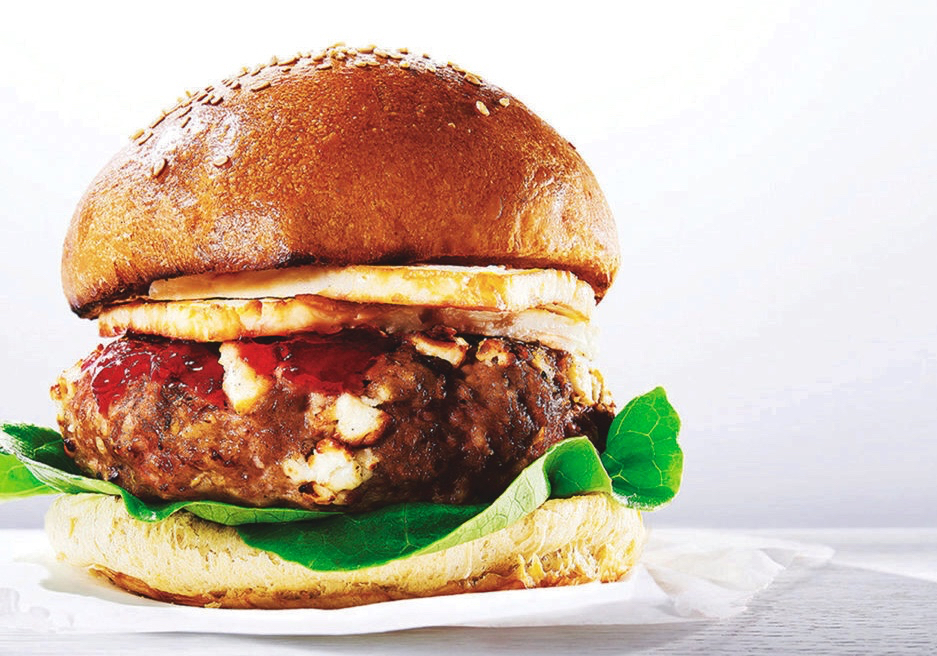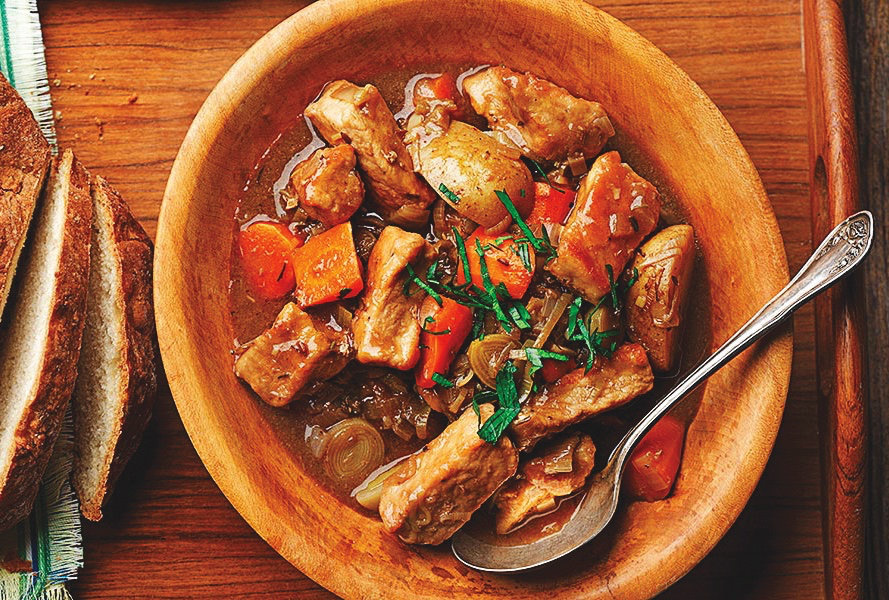Here’s some tips to help you manage that
You may have heard the advice to leave your salt shaker in the cupboard, however, most of the salt in foods is not added at the table. Most sodium comes from highly processed foods, such as dinner mixes, or from restaurant or fast foods.
Most table salt contains iodine, an element our bodies cannot manufacture. Our body uses iodine to make thyroid hormones, and if we do not consume enough iodine, our thyroid gland can enlarge to form a goiter or large growth at the side of the neck. Goiters are still common in some parts of the world.
Read Also

Cooking fish of Manitoba: Keep your catch fresh and tasty for the table
Fishing in Manitoba provides mouthwatering meals, assuming anglers handle, process and cook their fish properly before sitting down to eat. Here’s how, with recipes and fish preparation tips.
A deficiency in iodine may result in fatigue, weight gain and cold hands and feet. If a pregnant woman is low in iodine, her baby may be born with a mental disability. It is found in the soil in some areas, so depending on where food was grown, food such as dry edible beans and potatoes may provide iodine. It also can be found in variable amounts in seafood, dairy products, eggs and some multivitamin/multimineral supplements.
Be sure you look for “iodized” on the label of the salt containers that you buy. The salt in processed foods typically is not iodized.
Here’s some tips to help manage your sodium intake:
- Eat highly processed foods less often and in smaller portions.
- Cook more often at home where you are in control of what’s in your food. Eat plenty of fresh or frozen vegetables and fruits.
- Choose more fat-free or low-fat milk and yogurt in place of cheese, which is higher in sodium.
- Cut back on salt little by little, and pay attention to the natural tastes of various foods. Your taste for salt will lessen through time.
- Use spices, herbs, garlic, vinegar or lemon juice to season foods or use no-salt seasoning mixes. Try black or red pepper, basil, curry, ginger or rosemary.
- Read the labels to find packaged and canned foods lower in sodium. Look for foods labelled “low sodium,” “reduced sodium” or “no salt added.”
- Ask for low-sodium foods when you eat out. Restaurants may prepare lower-sodium foods at your request and will serve sauces and salad dressings on the side so you can use less.
- Pay attention to condiments. Foods such as soy sauce, ketchup, pickles, olives, salad dressings and seasoning packets are high in sodium.
- Boost your potassium intake. Potassium is needed to maintain normal blood pressure levels. Potassium is found in vegetables and fruits such as potatoes, beet greens, tomato juice and sauce, sweet potatoes, beans (white, lima and kidney) and bananas. Other sources of potassium include yogurt, clams, halibut, orange juice and milk.


















